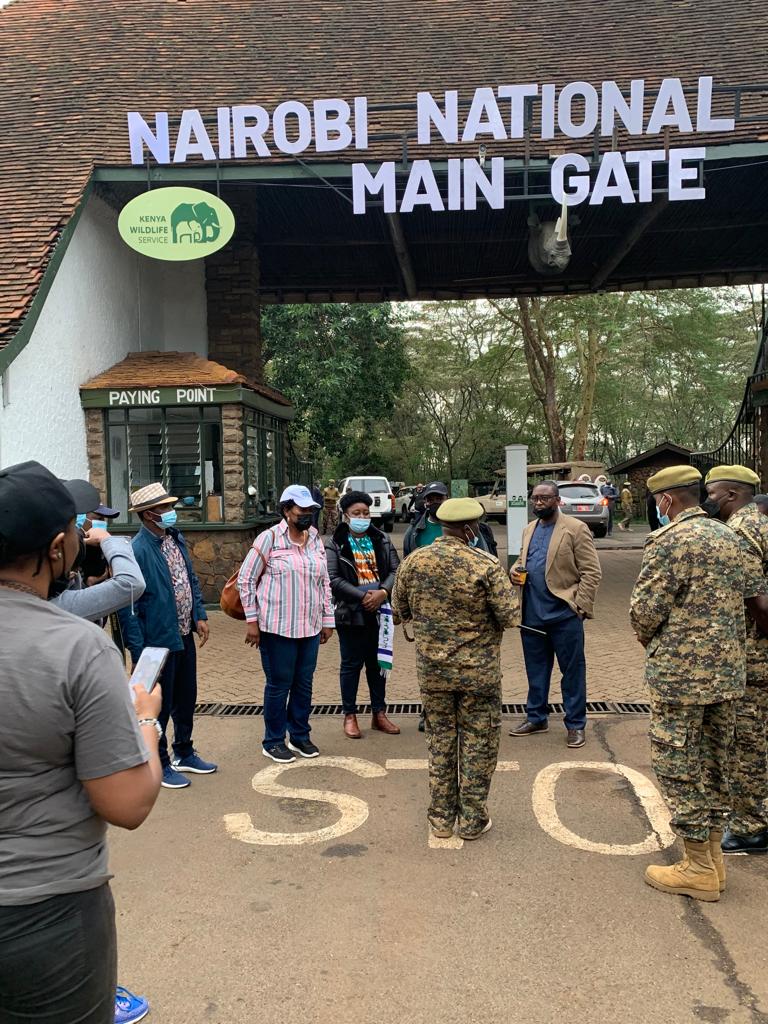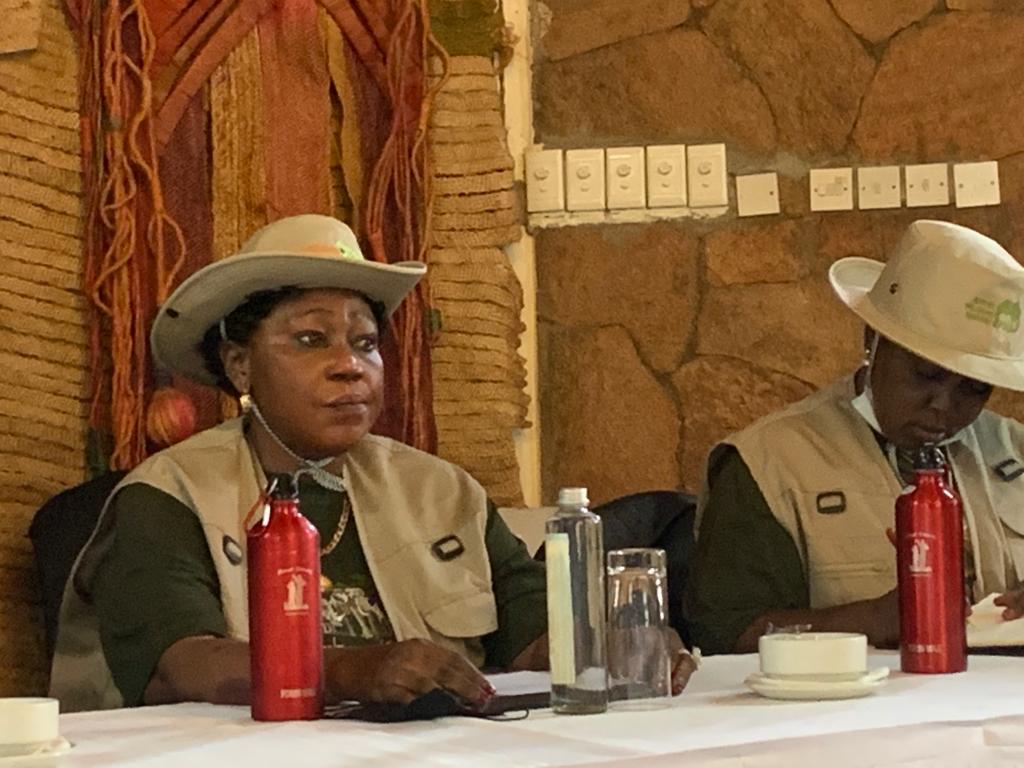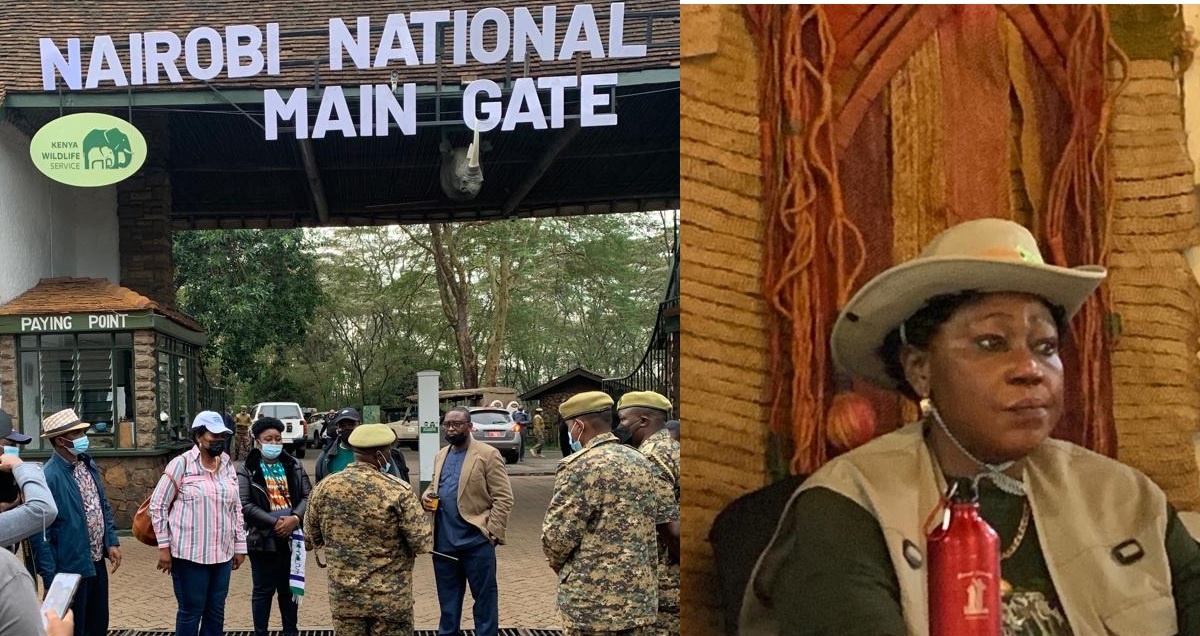The Minister of Tourism and Cultural Affairs, Dr. Memunatu Pratt is leading a delegation comprising officials of the Ministry, Ministry of Environment, the National Tourist Board, National Protected Area Authority and Conservation Society Sierra Leone on a study visit in Kenya on wildlife tourism.
According to the head of communication in the Ministry, Alieu Kondoh, this drive was borne out of President Bio desire for Sierra Leone to have its own wildlife safari by relocating exotic wildlife species from Kenya to Sierra Leone. The study tour aimed at using the Kenya experience in wildlife tourism and sanctuary management as a benchmark for the establishment and management of wildlife safari …
As part of the ongoing study tour, Dr. Memunatu Pratt and delegation were taken to Nairobi and Amboseli National Parks respectively.
At the Nairobi National Park,
the Deputy Director of Parks and Reserves, Mr. Michael Wanjau, received the delegation and walked them round the park, showing them different species of animals both in captivities and in the free range systems, and how those animals are being effectively managed for touristic purposes.
Nairobi National Park is the first gazetted Park in East Africa and Kenya’s first game reserve. There are several birds and animal species. Dams located in the park have created a man-made habitat for birds and aquatic species. They attract water dependent herbivores during the dry season.
The park boasts 80 species of mammal, 400 birds species, different amphibians and reptiles and 500 tree species. The reserve hugs the southern perimeter of the city, with a fence running round three of its four edges, north, east and west.


Similarly, the delegation visited the Amboseli national park where they were received by Daniel Kipokosgel who made a presentation on Tourism Support Infrastructural Development, Visitor Management Systems, Tourism Development and Management Programme.
The Amboseli National Park has an area of 151 square miles (392 square km). Despite the park being mostly dry and dusty, the lakes and swamps of Amboseli support a large number of water-loving hippos. It is the best place in the world to get close to free-ranging elephants.
The minister expressed thanks to the wardens and the entire management of the Parks for their gracious hospitality and willingness in sharing such information with them.



 Post a comment
Post a comment 









